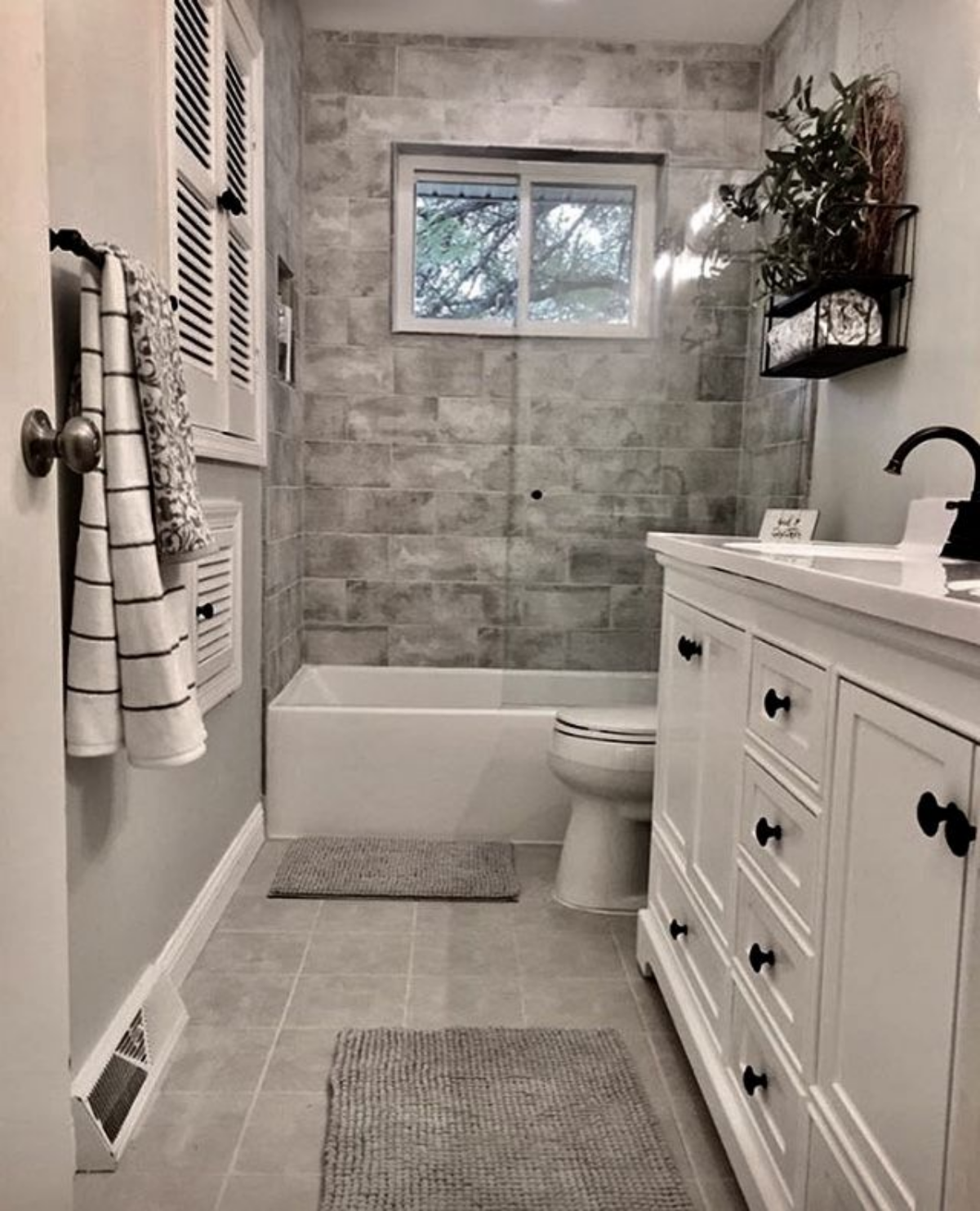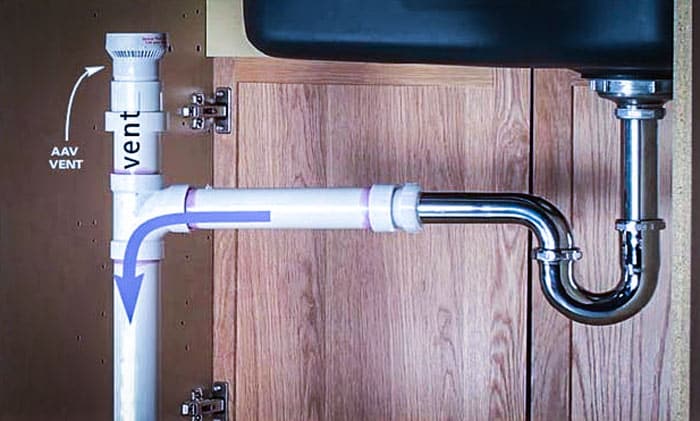Ensuring Adequate Ventilation in Your Plumbing System: Why
Ensuring Adequate Ventilation in Your Plumbing System: Why
Blog Article
Right here below you will discover a bunch of decent information in relation to What Is a Plumbing Vent and Why Is It Important.

Correct ventilation in pipes systems is frequently forgotten, yet it is crucial for maintaining the capability and safety and security of your home's plumbing. Ventilation helps manage atmospheric pressure, stop the build-up of unsafe gases, and make sure the reliable elimination of waste. In this guide, we will discover the relevance of appropriate plumbing ventilation, how it functions, and the benefits it gives your plumbing system.
Comprehending Ventilation in Plumbing
Ventilation in pipes describes the network of pipes that allow air to stream with the water drainage system. These vents serve multiple functions, including regulating air pressure within the pipes, protecting against drain gases from going into the home, and assisting in the smooth circulation of wastewater.
Exactly How Ventilation Functions in Pipes Equipments
Air Pressure Law
Appropriate ventilation maintains balanced atmospheric pressure within the pipes system. When water moves through pipes, it displaces air. Without appropriate ventilation, this variation can produce negative stress, resulting in slow drains pipes or siphoning of water from catches, which can cause undesirable odors to leak right into the home.
Protecting Against Drain Gas Accumulation
Among one of the most vital features of plumbing vents is to prevent sewer gases, such as methane and hydrogen sulfide, from building up within the home. These gases can position severe health and wellness threats and are highly flammable. Vent pipes allow these gases to run away safely outdoors.
Aiding in Waste Elimination
Air flow helps in the reliable removal of wastewater by stopping airlocks in the drain system. When air can move easily through the vents, it allows water and waste to stream efficiently with the pipes, minimizing the danger of obstructions and back-ups.
Types of Pipes Vents
Main Heap Vent
The major pile vent, additionally referred to as the vent stack, is the primary air vent in a plumbing system. It extends from the major drain line up via the roofing system, enabling gases to escape and fresh air to get in the system.
Branch Vent
Branch vents link to the primary stack air vent and offer private fixtures, such as sinks, commodes, and showers. These vents ensure that each component has sufficient air flow to function correctly.
Air Admittance Shutoff (AAV).
An Air Admission Valve (AAV) is a one-way valve that allows air to enter the plumbing system without the need for a conventional air vent pipe expanding through the roof covering. AAVs are generally used in remodellings or locations where mounting a conventional vent is unwise.
Signs of Poor Air Flow in Plumbing.
Slow Draining Fixtures.
If your sinks, bathtubs, or commodes are draining pipes slowly, maybe a sign of bad air flow. Insufficient air flow can create a vacuum impact, making it tough for water to drain pipes correctly.
Gurgling Appears.
Gurgling noises coming from drains are often an outcome of air being drawn with water traps as a result of negative pressure in the pipes. This is a clear sign of inadequate ventilation.
Unpleasant Odors.
Sewer smells inside your home are a red flag that your plumbing system is not effectively aerated. This can suggest that sewer gases are not being adequately aired vent outside, resulting in possibly harmful conditions.
Common Ventilation Errors.
Poor Vent Sizing.
Utilizing undersized vent pipes can result in inadequate air circulation and pressure discrepancies in the system. It's important to utilize vents that satisfy the specific needs of your pipes system.
Improper Vent Placement.
Placing vents as well much from the components they offer can decrease their efficiency. Proper placement makes sure that air can move openly and effectively via the system.
Disregarding Code Requirements.
Building codes supply details guidelines for plumbing air flow. Ignoring these codes can result in a system that falls short to work properly and might lead to pricey repairs or health hazards.
Advantages of Correct Ventilation.
Improved System Performance.
Appropriately ventilated plumbing systems operate a lot more effectively, with fewer blockages, faster draining, and much less pressure on the pipelines. This effectiveness prolongs the life expectancy of the plumbing system.
Improved Air High Quality.
By protecting against sewer gases from entering your home, appropriate ventilation contributes to much better indoor air high quality, making your living environment healthier and extra comfy.
Preventing Water Damages.
Ample ventilation helps protect against water from being siphoned out of catches, which can lead to sewer gases going into the home and creating water damages with time.
Steps to Guarantee Correct Ventilation.
Consulting Pipes Codes.
Always consult local plumbing codes when designing or customizing your plumbing system. These codes provide the essential guidelines for appropriate airing vent and guarantee your system meets safety and security standards.
Regular Inspection and Maintenance.
Routine examinations can help identify prospective air flow concerns before they become major troubles. Upkeep tasks, such as cleansing air vent pipes and looking for clogs, are important for keeping the system in good working order.
Specialist Installment.
For new installations or major alterations, it's a good idea to work with a specialist plumbing professional. They have the expertise to guarantee the air flow system is correctly made and mounted according to code.
Conclusion.
Proper air flow is a crucial element of any kind of plumbing system, ensuring that it functions successfully and safely. By recognizing the importance of air flow, identifying the signs of inadequate air flow, and taking actions to preserve your system, you can prevent pricey issues and protect your home's air high quality.
Understanding the Role of Your Plumbing Vents in the Drainage System
The plumbing system in your home is more than just the kitchen sink, toilet, and bathroom. Some problems that arise within home plumbing are hard to detect because homeowners may not understand potential causes.
One part of the plumbing system that could cause you endless problems is the venting. The drain lines that run through your home and drain wastewater need proper venting to function properly. Faulty plumbing vents can lead to several problems that require the expertise of a plumber to check them out. Before finding experienced plumbing services, there are a few things to learn about plumbing vents.
Why vents are vital
Vents in the plumbing system lead to an outside area such as the roof or the back. The function of these vents is to keep sewer gases away from the drain pipes. They also establish seals in the drainage pipes that prevent the sucking back of waste gases into the home. Venting in the plumbing system also allows oxygen to get into the drainage system, which is an essential component in the breakdown of waste matter. The vents also ensure that the air pressure within the drainage system remains balanced, facilitating the flow of wastewater.
Possible problems
When the plumbing vents are problematic, one of the consequences is imbalanced water levels in the toilet. If you notice that the levels in the toilet bowl rise and fall all the time, then there may be something wrong with the vents.
Another issue is air bubble formation within the toilet. In most cases like these, the drain pipes are not receiving enough air. Lack of air pressure equalization is what leads to water flow problems. If you come across such issues in your home, make sure you call professional plumbers, such as the ones from Perfection Plumbing & Drain Cleaning Ltd.
Potential causes
Several scenarios can lead to some of the plumbing problems that homeowners suffer because of venting. One such scenario is the use of incorrectly sized vents. Usually, vents are the same size as the drain line to facilitate proper venting. Vents that are too small will lead to some plumbing issues. Another potential cause is fixtures that are not close enough to the vents. In this scenario, air forces itself through the traps of other fixtures, leading to gurgling sounds from toilets and sinks.
Most of these problems also happen with clogged vents. Tree leaves and debris can cause clogging when they make their way down a vent. Unclogging plumbing vents is a service that you can entrust to Saskatoon plumbers. They will know how to snake down vents and remove clogging stuck in fixtures.

Hopefully you enjoyed our piece about The Upsides of Proper Ventilation in Plumbing Design. Thanks for taking the time to read our article. Are you aware of another person who is looking into What Are Plumbing Vents and Why Are They Important?? Please feel free to share it. I praise you for your time. Come back soon.
Get Quote Now Report this page